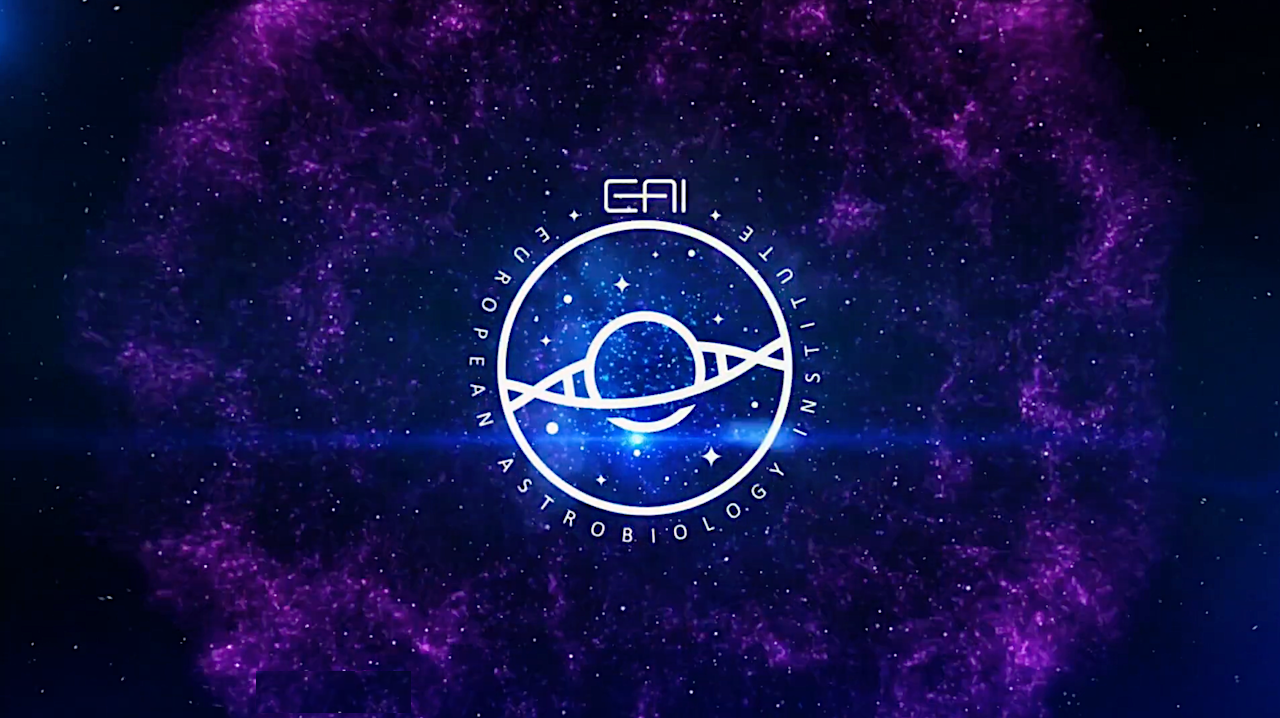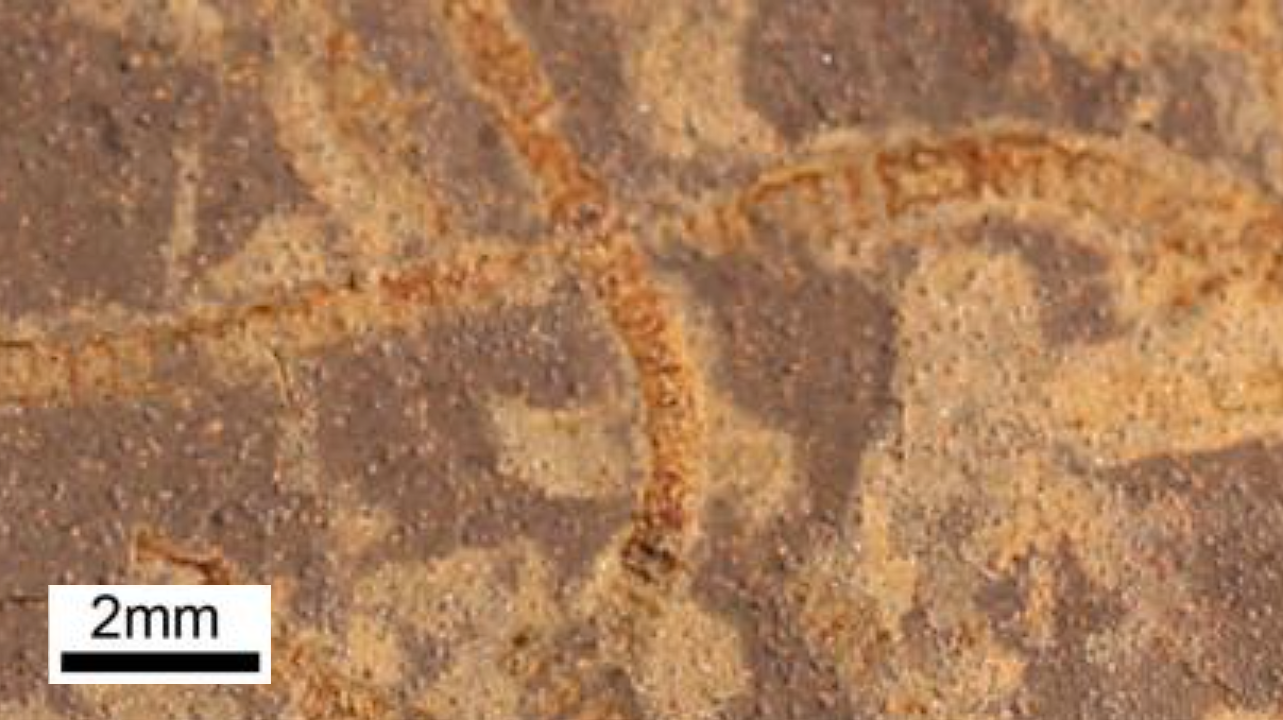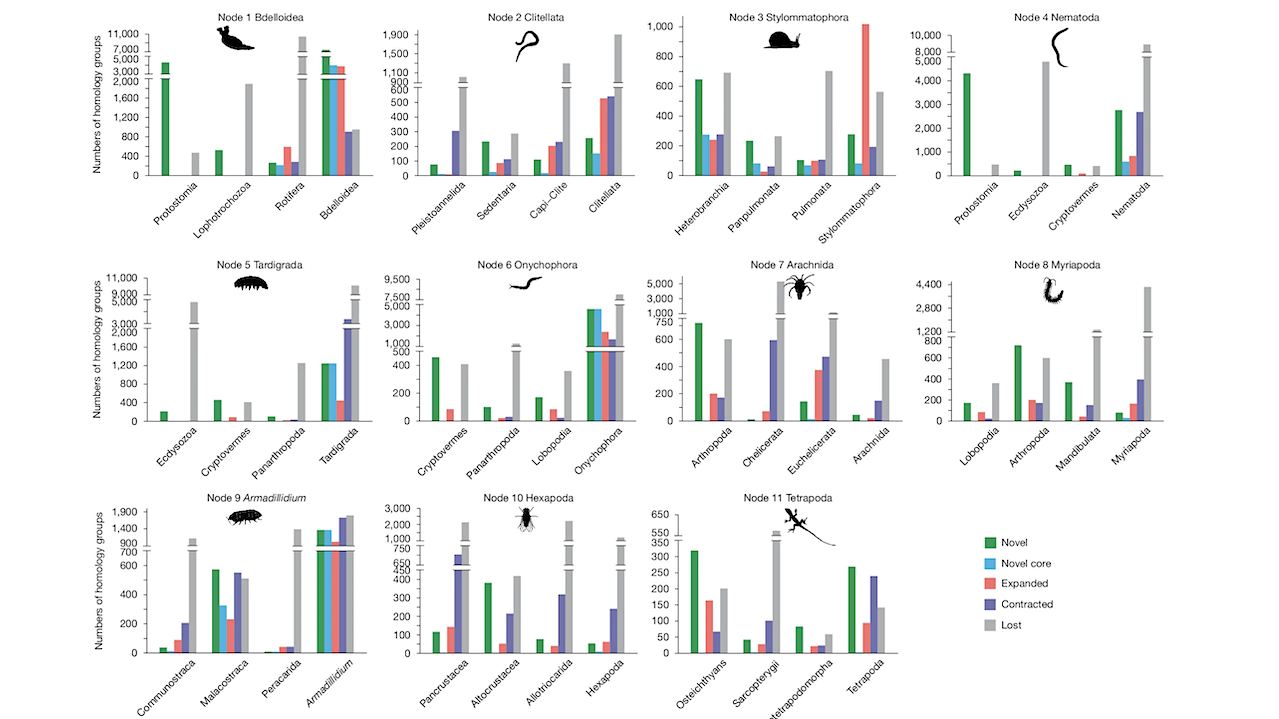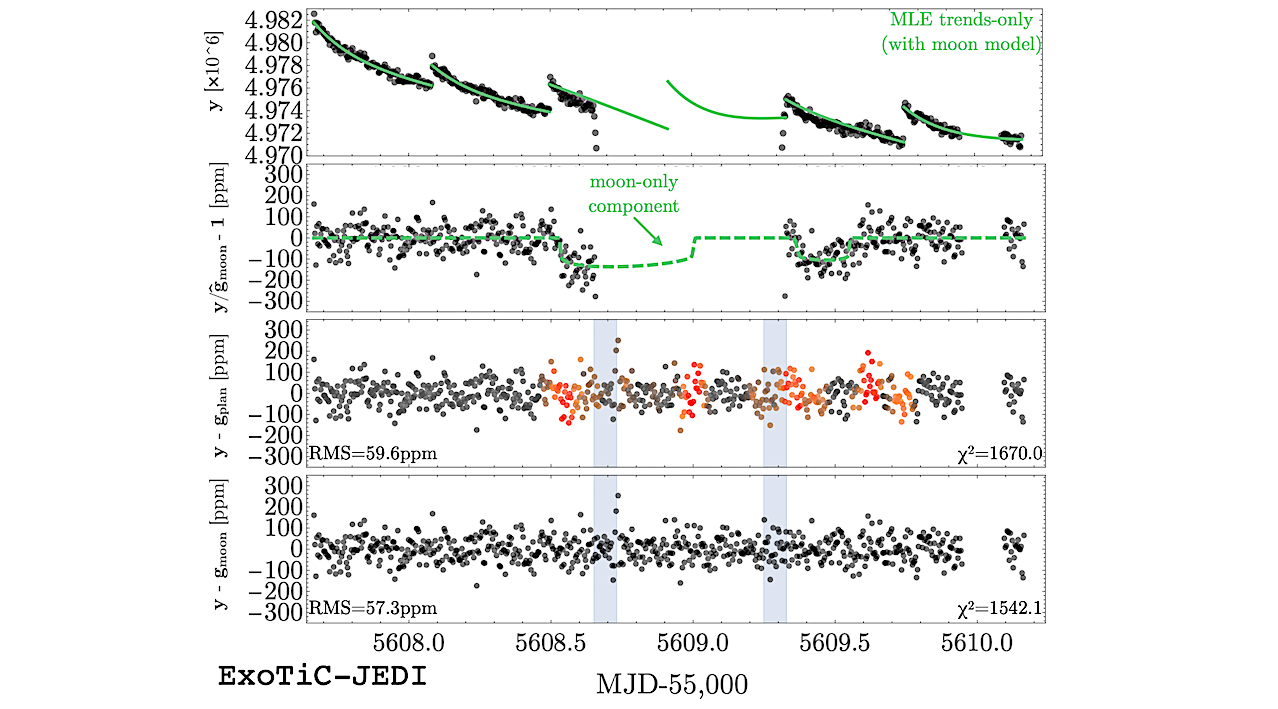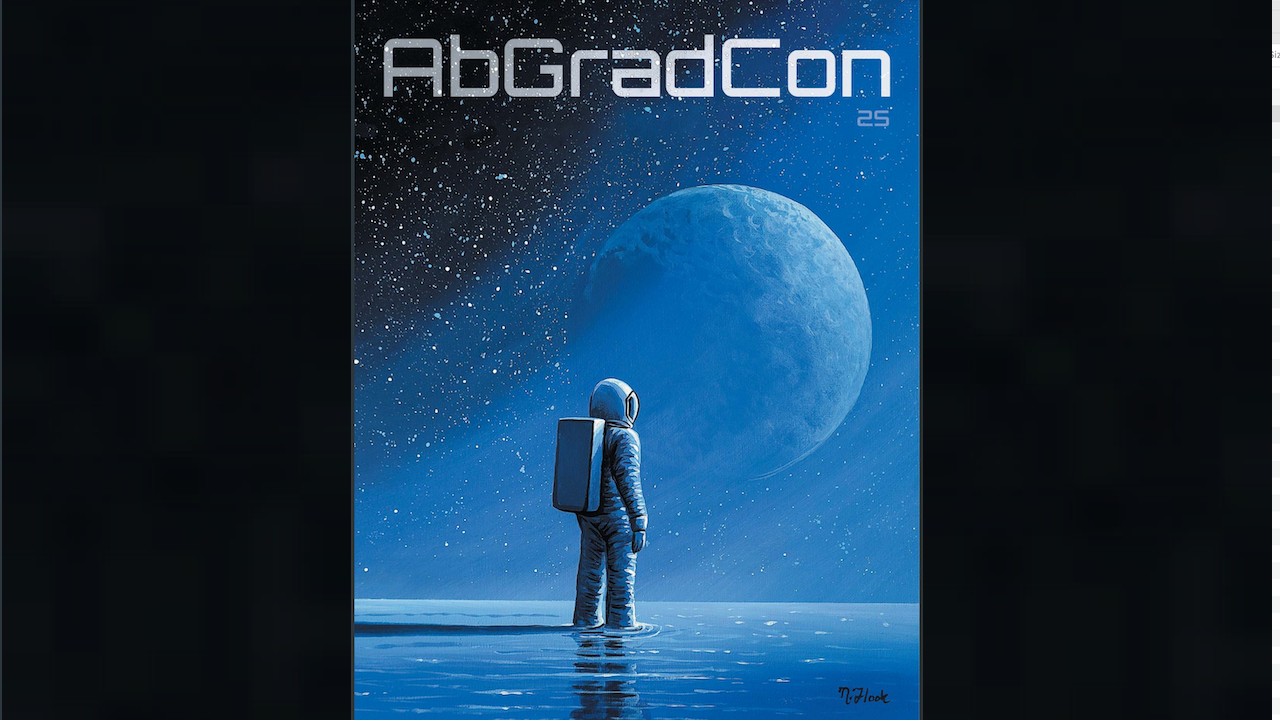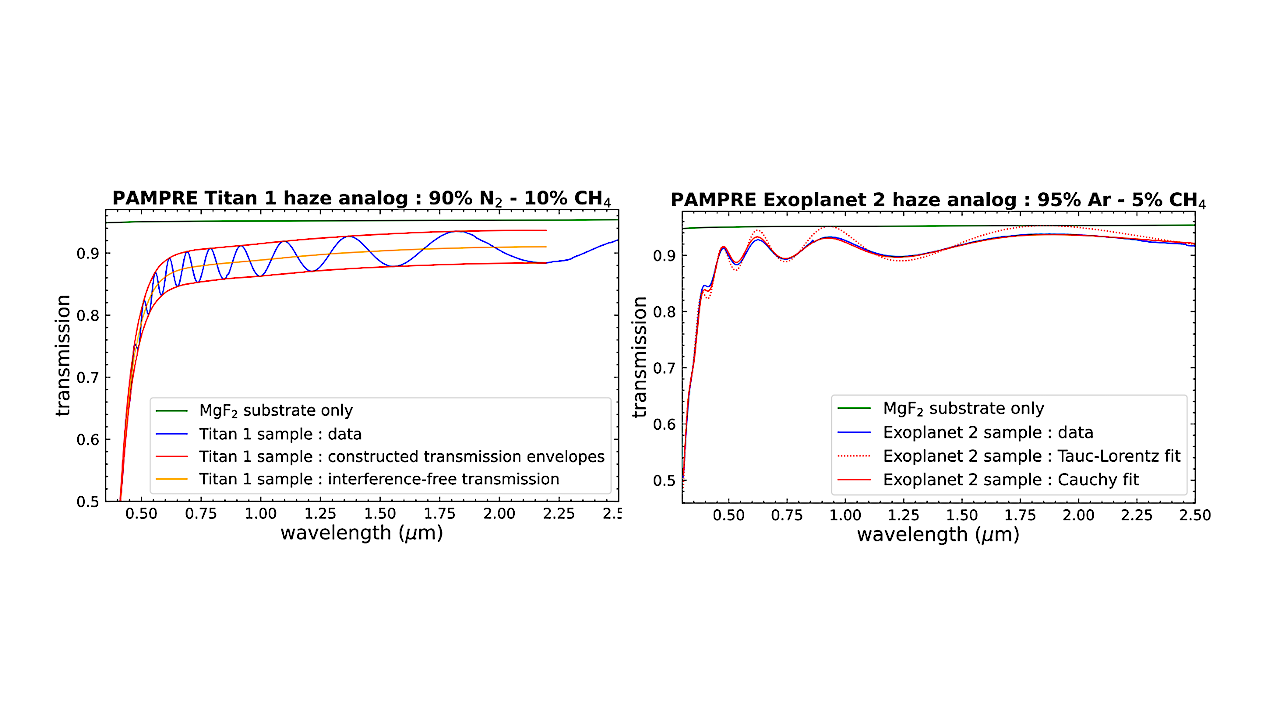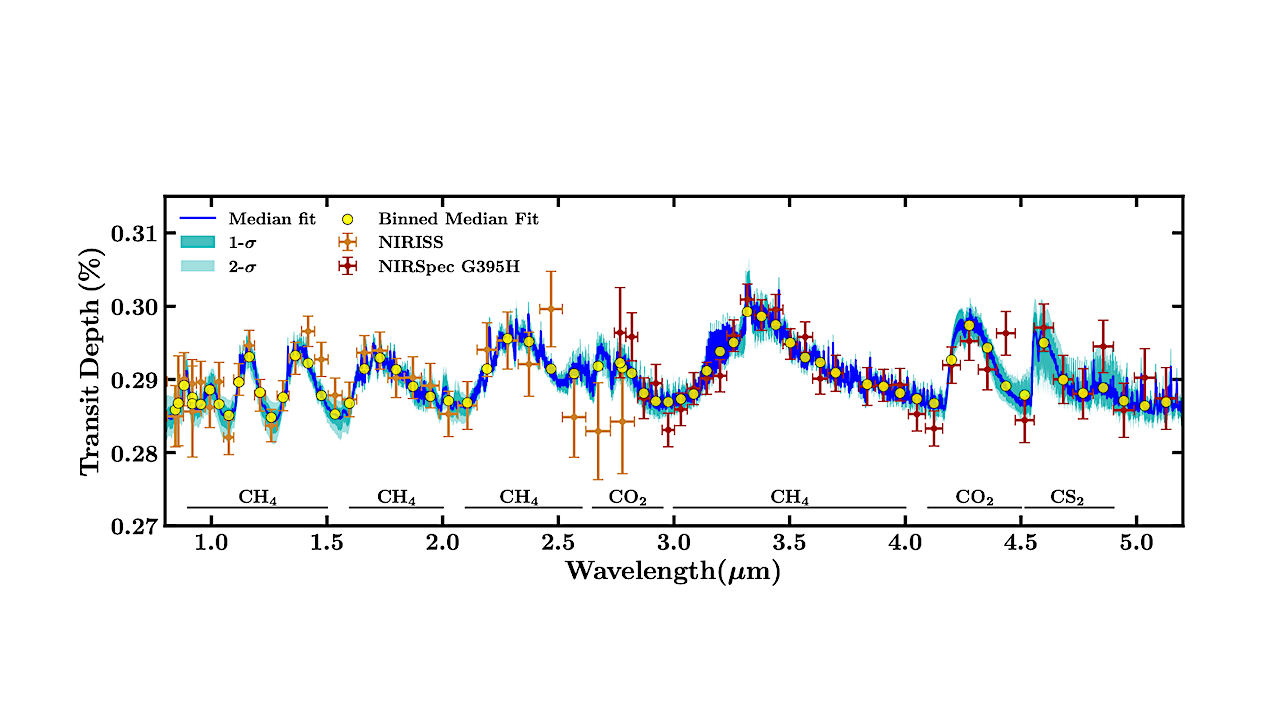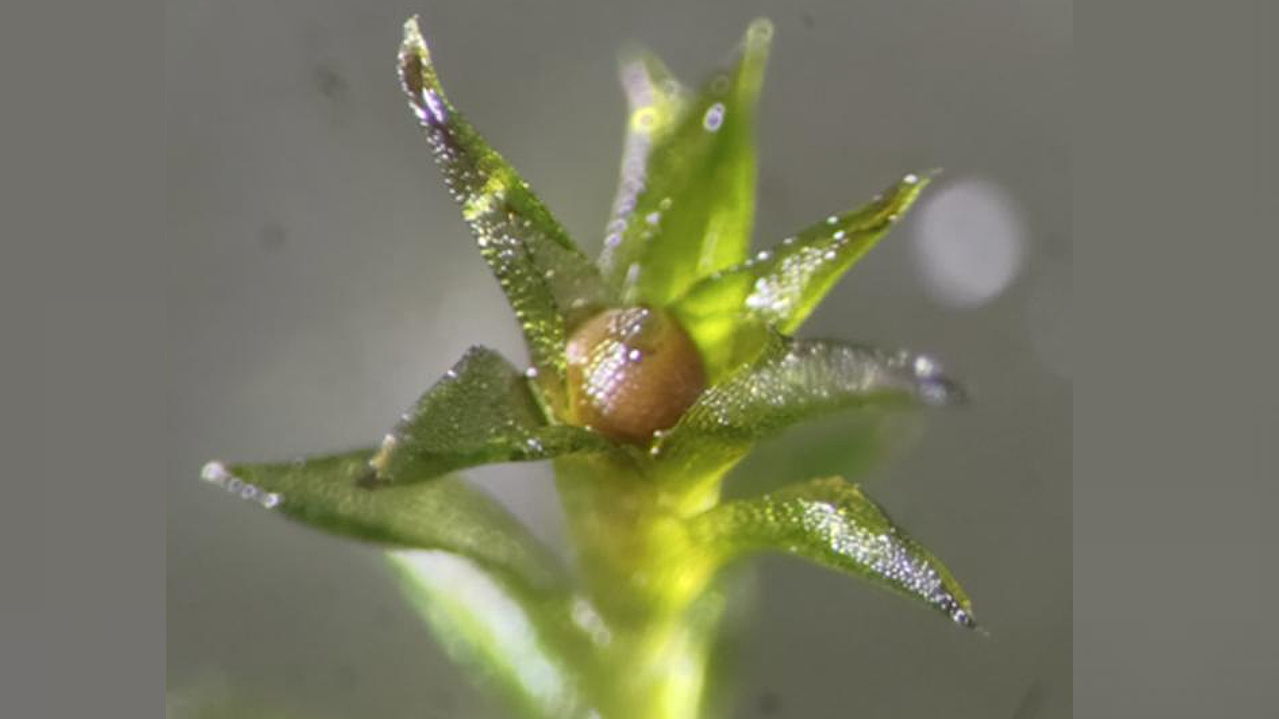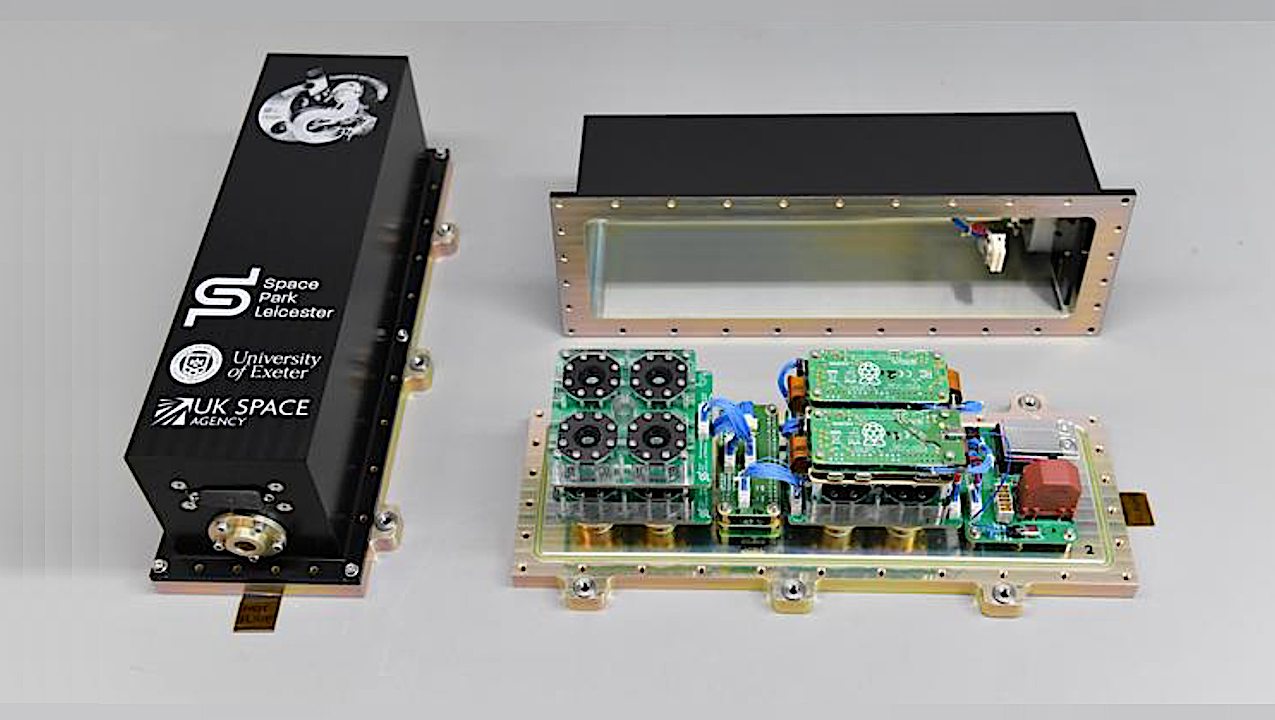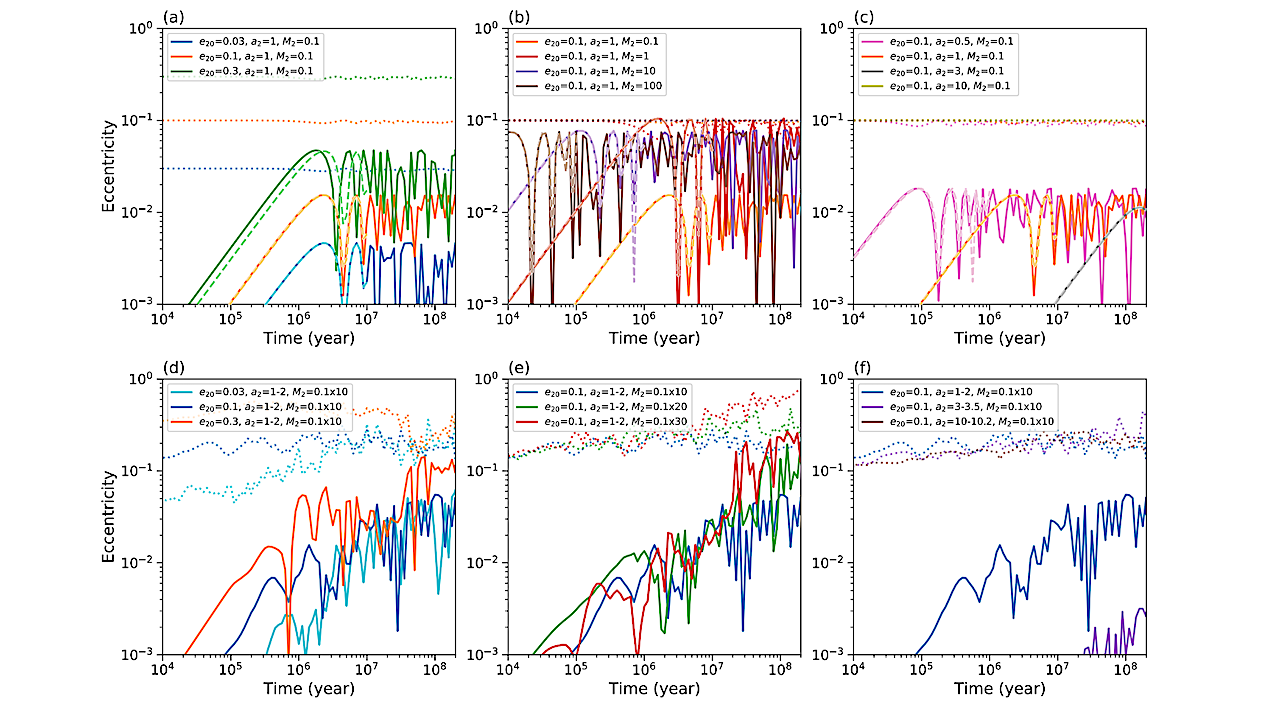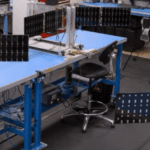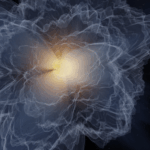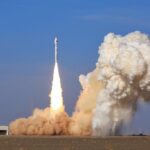The EAI ACADEMY is an international educational program organised and broadcasted by the Centro de Astrobiología (CAB), CSIC-INTA, Madrid, with the support of the European Astrobiology Institute (EAI). It provides
Astrobiology16- Page
MSU researcher Katie Maloney contributed samples of rare, exceptionally well-preserved seaweed fossils (e.g., macroscopic algae) from Yukon Territory, Canada. These fossils are almost one-billion years old and represent one of
A total of 154 genomes were analysed to infer HGs and reconstruct ancestral states. Each bar chart represents one terrestrial event node and its three immediate ancestors. For each node,
Overview of the ExoTiC-JEDI exp results. — astro-ph.EP We present a search for exomoons around the Jupiter-like exoplanet Kepler-167e using a NIRSpec JWST transit. Our 60 hour time series clearly
Birdy X AbGradCon ISSUE 138.5 special edition of Birdy Magazine for 2025’s AbGradCon (Astrobiology Graduate Convention) with support by NASA. Editor’s note: from the issue 138.5 special edition of Birdy
Transmission spectra obtained on the Titan 1 and Exoplanet 2 PAMPRE haze analogs (see Table 1) from 0.3 to 2.5 µm. (top) Data and analysis using the Swanepoel method for
JWST transmission spectrum of TOI-270 d. Orange errorbars correspond to NIRISS observations, presented in this work, while dark red errorbars correspond to NIRSpec G395H observations presented by HM24. The NIRISS
A reddish-brown sporophyte can be seen at the top center of a leafy gametophore. This capsule contains numerous spores inside. Mature sporophytes like these were individually collected and used as
The Fluorescent Deep Space Petri-Pod (FDSPP).– CREDIT University of Leicester/Space Park Leicester A crew of tiny worms will be heading on a mission to the International Space Station in 2026
(a)–(c) Time evolution of the eccentricity of an inner super-Earth with a1 = 0.3 au and M1 = 3 M⊕, perturbed by an outer planet with different values of a2,
-
 012024 in Review: Highlights from NASA in Silicon Valley
012024 in Review: Highlights from NASA in Silicon Valley -
 02Panasonic Leica Summilux DG 15mm f/1.7 ASPH review
02Panasonic Leica Summilux DG 15mm f/1.7 ASPH review -
 03From Polymerization-Enabled Folding and Assembly to Chemical Evolution: Key Processes for Emergence of Functional Polymers in the Origin of Life
03From Polymerization-Enabled Folding and Assembly to Chemical Evolution: Key Processes for Emergence of Functional Polymers in the Origin of Life -
 04How New NASA, India Earth Satellite NISAR Will See Earth
04How New NASA, India Earth Satellite NISAR Will See Earth -
 05And Thus Begins A New Year For Life On Earth
05And Thus Begins A New Year For Life On Earth -
 06Astronomy Activation Ambassadors: A New Era
06Astronomy Activation Ambassadors: A New Era -
07SpaceX launch surge helps set new global launch record in 2024


